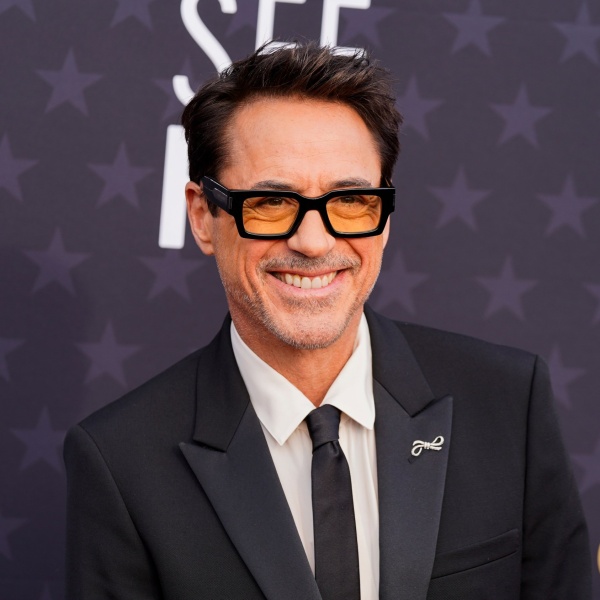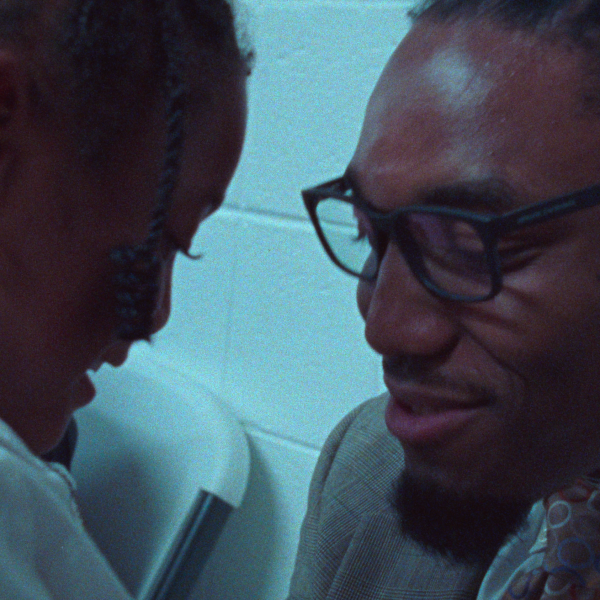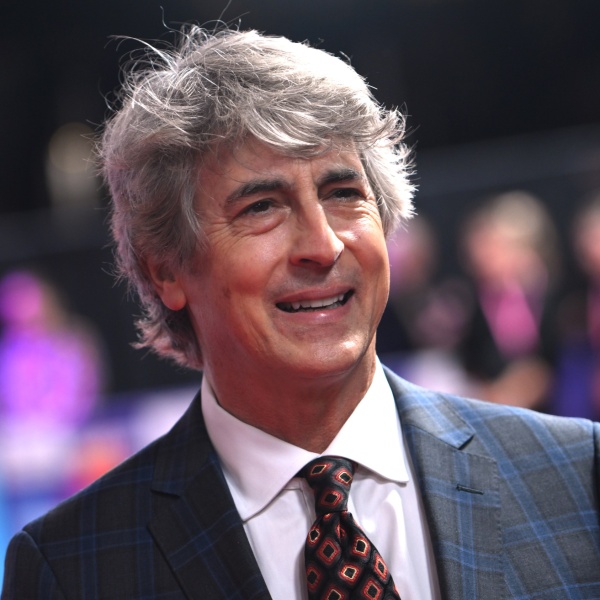Denis Villeneuve‘s upcoming “Dune: Part Two” is a sprawling sci-fi epic that has been compared to “Lord of the Rings” and “Lawrence of Arabia” in equal measure. But while the three-hour film contains only a fraction of the footage that Villeneuve shot, don’t expect to see an extended cut or deleted scenes.
In a new interview with Collider, Villeneuve explained that he does not believe in releasing additional footage once a film is completed. He said his rigorous editing process ensures that anything that doesn’t serve the film is removed, and adding that footage back into the film would be both creatively pointless and emotionally taxing.
“I’m a strong believer that when it’s not in the movie, it’s dead. I kill darlings, and it’s painful for me,” Villeneuve said. “Sometimes I remove shots and I say, ‘I cannot believe I’m cutting this out.’ I feel like a samurai opening my gut. It’s painful, so I cannot go back after that and create a Frankenstein and try to reanimate things that I killed. It’s too painful. When it’s dead, it’s dead, and it’s dead for a reason. But yes, it is a painful project, but it is my job. The movie prevails. I’m very, I think, severe in the editing room. I’m not thinking about my ego, I’m thinking about the movie.”
Villeneuve is far from the only auteur to refuse to release deleted scenes. While some filmmakers like Ridley Scott relish the process of releasing extended cuts, Christopher Nolan and Todd Phillips have voiced their opposition to the concept.
“I tend to try and weed things out on paper because it’s crazy expensive to shoot things that aren’t going to be in the film,” Nolan told MTV in 2012. “It also takes up a lot of time and energy. Pretty much with all my films, there are very few deleted scenes, which always disappoints the DVD crowd.”





